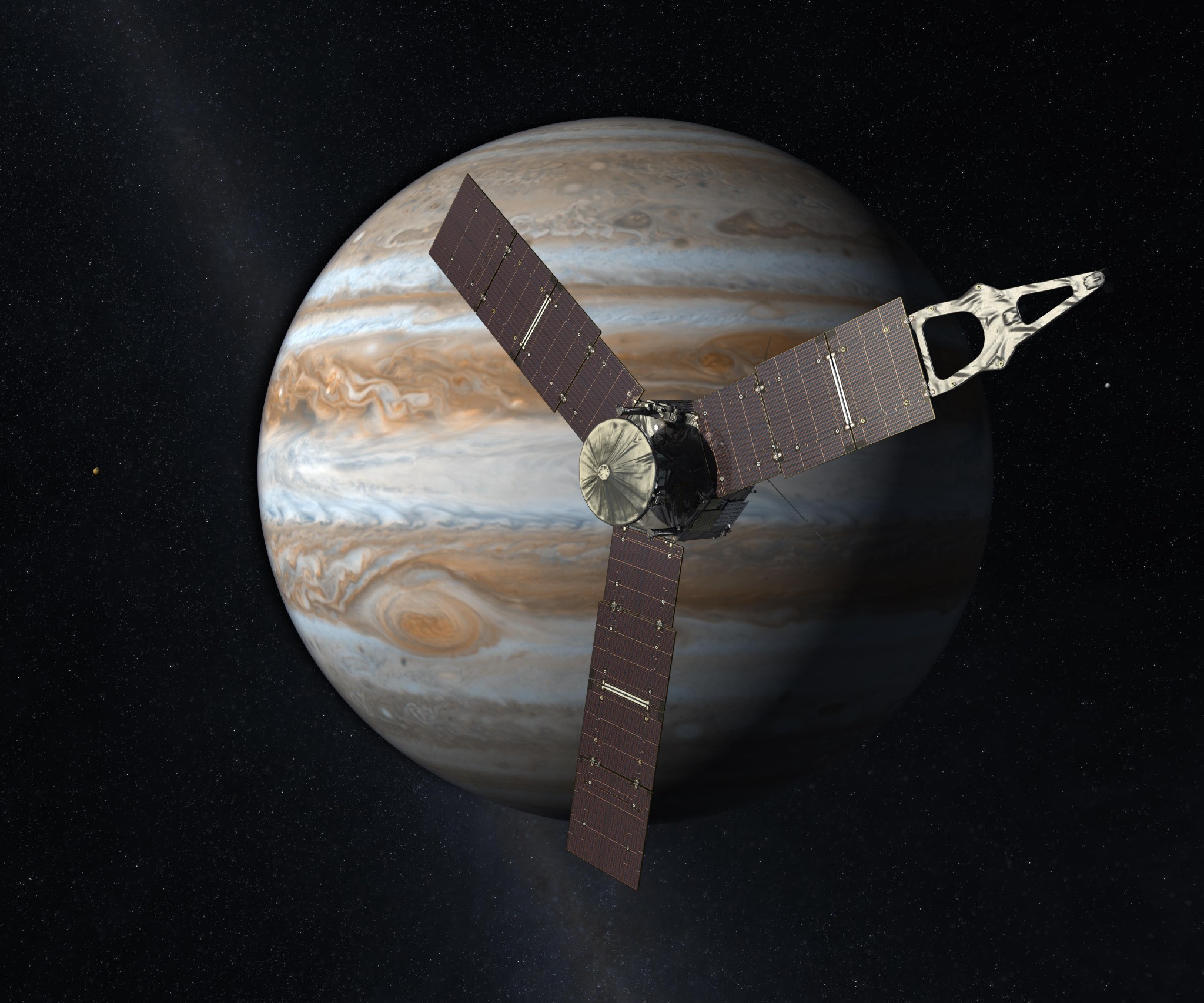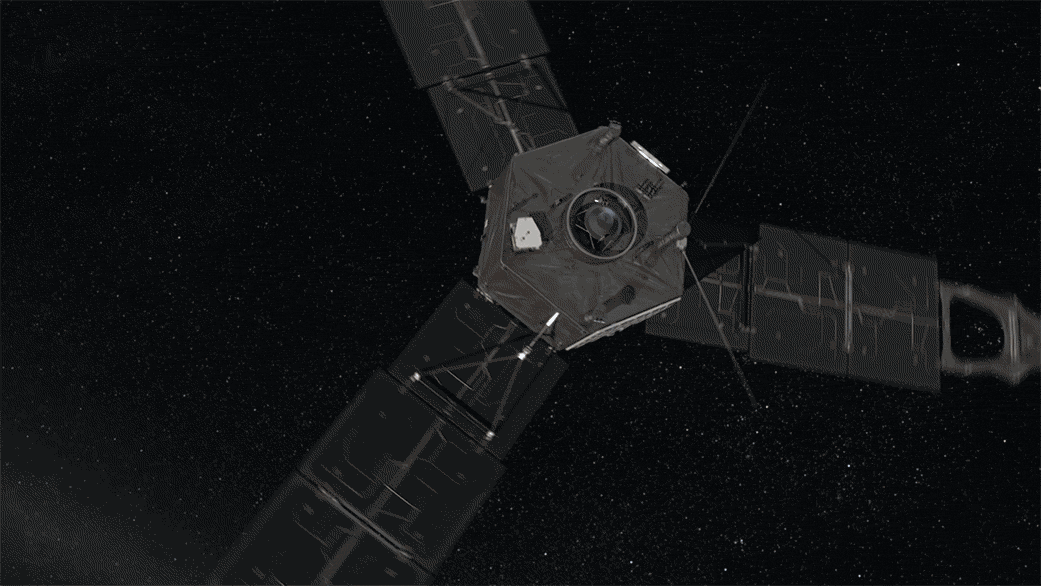

Media accreditation now is open for events around the arrival of NASA’s Juno spacecraft at Jupiter on July 4. The spacecraft, which will reveal the story of the formation and evolution of the planet Jupiter, will enter into orbit around the gas giant that evening, five years after leaving Earth.
The event and related news conferences will be carried live on NASA Television and the agency’s website. Further details and updates will be announced as they become available.
To cover Juno arrival events at NASA’s Jet Propulsion Laboratory (JPL) in Pasadena, California, media can begin the process of applying for credentials by sending all of the following information to: jplmediacredentials@jpl.nasa.gov.
- Your name (as spelled on your driver’s license with middle name), title, phone number and work email
- Country of citizenship
- If not a U.S. citizen, are you a green card holder?
- Media outlet name, address, phone number, and website
- Editor’s name, phone number and work email
To allow time for processing and approval, foreign nationals and representatives of foreign media outlets must apply by May 11. U.S. citizens and green card holders representing U.S. media outlets must apply by June 2. For more information about media accreditation, contact Elena Mejia at 818-354-1712 or elena.mejia@jpl.nasa.gov.
Media should confirm they have been credentialed before making travel arrangements. Credentialed media will have access to interview, photo and b-roll opportunities, and media briefings before and after spacecraft orbital insertion. The JPL Juno newsroom will open on June 30.
Juno will make two 53-day elliptical laps around Jupiter, before beginning the mission’s science phase. At that point, the spacecraft will begin orbiting the Jovian world every 14 days, from a distance as close as 3,100 miles (5,000 kilometers). It will peer beneath Jupiter’s cloud tops to learn about the planet’s origins, composition and magnetosphere. Jupiter lies in the harshest radiation environment in our solar system, so this particular spacecraft orbit insertion will mark a new achievement in planetary exploration.
JPL manages the Juno mission for NASA. The principal investigator for the mission is Scott Bolton, of Southwest Research Institute in San Antonio. The Juno mission is part of the New Frontiers Program managed by NASA’s Marshall Space Flight Center in Huntsville, Alabama for the agency’s Science Mission Directorate. Lockheed Martin Space Systems, in Denver, built the spacecraft. JPL is a division of the California Institute of Technology in Pasadena.
More information about the Juno mission is available at:
https://www.nasa.gov/juno
-end-
Dwayne Brown / Laurie Cantillo
Headquarters, Washington
202-358-1726 / 202-358-1077
dwayne.c.brown@nasa.gov / laura.l.cantillo@nasa.gov
DC Agle
Jet Propulsion Laboratory, Pasadena, Calif.
818-393-9011
agle@jpl.nasa.gov
























